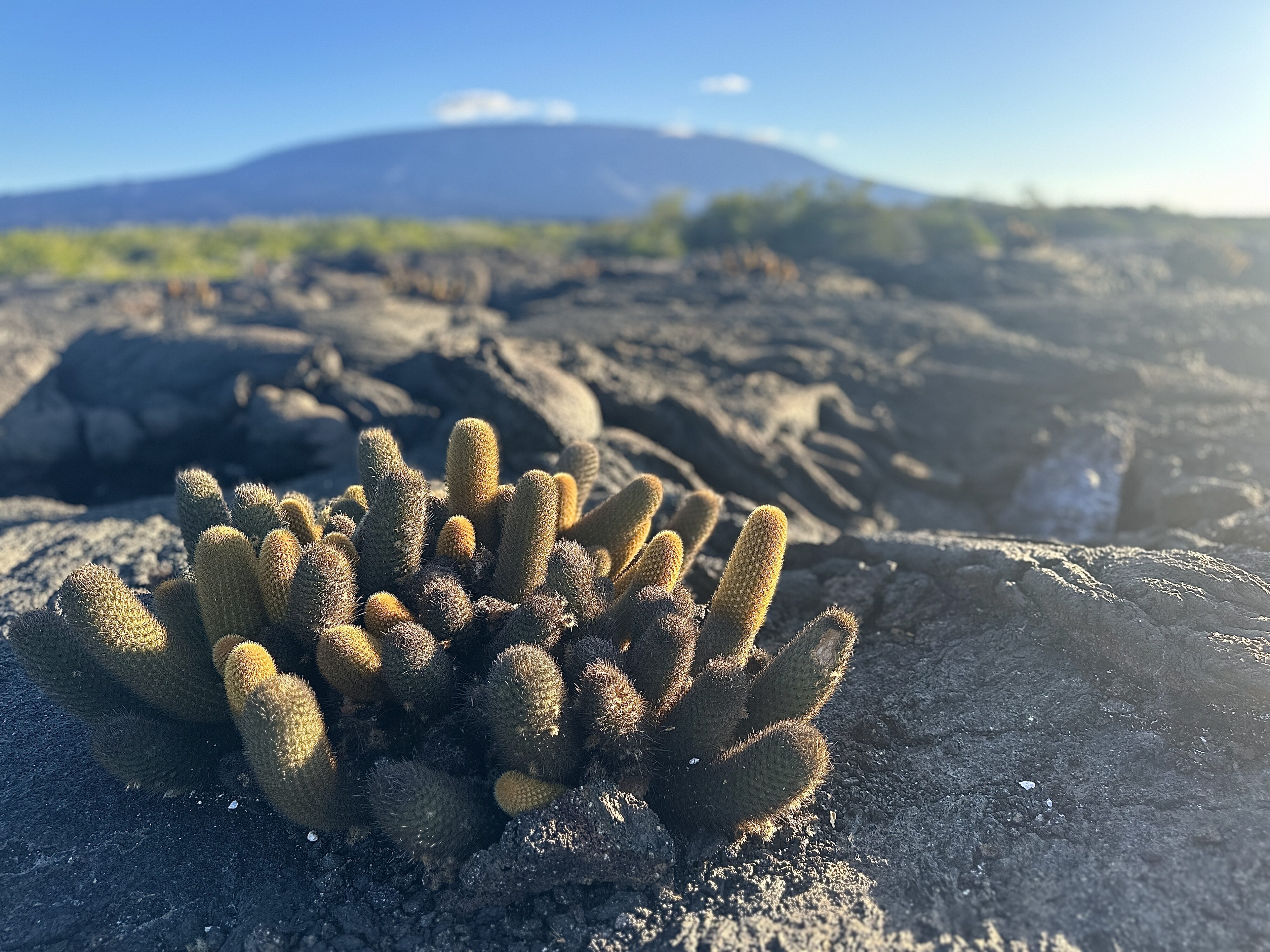
Avril Silva

Avril Silva
Before finches or red-footed boobies could be found nesting in trees, before even those trees, the pioneer species of the Galápagos created gorgeous landscapes out of a lava-ridden barren landscape.
The Galápagos Islands were formed from tectonic plate movements that created hot spots where magma has been able to seep through and erupt to form the volcanos that line the Galápagos landscape, according to the Charles Darwin Research Center. The lava fields found on the shores of islands like Santiago and Bartolomé are the marks left behind by eruptions from these still very active volcanos. On islands formed from volcanic rock and ash, how can there be grass, trees, and animals inhabiting these barren expanses?
That is where pioneer species come in. Pioneer species are the very first organisms that grow on newly formed, barren environments or the first to repopulate environments after they have experienced disruptions. These mosses and succulents break down the lava rock into soil that can be used by intermediate trees and shrubs that in turn cycle nutrients and help to stabilize the soil. On the Galápagos, these pioneer species include lava cacti, mollugo, mangroves, and more. Without these plants, the rest of the national park the world has grown to marvel would never have existed.
This photo gallery captures a number of the pioneer species that can be found on the Galápagos Islands, from Isabela to Genovesa.
Editor’s Note: Lindblad Expeditions, our Planet Forward Storyfest Competition partner, made this series possible by providing winners with an experiential learning opportunity aboard one of their ships. We thank Lindblad Expeditions for their support of our project.